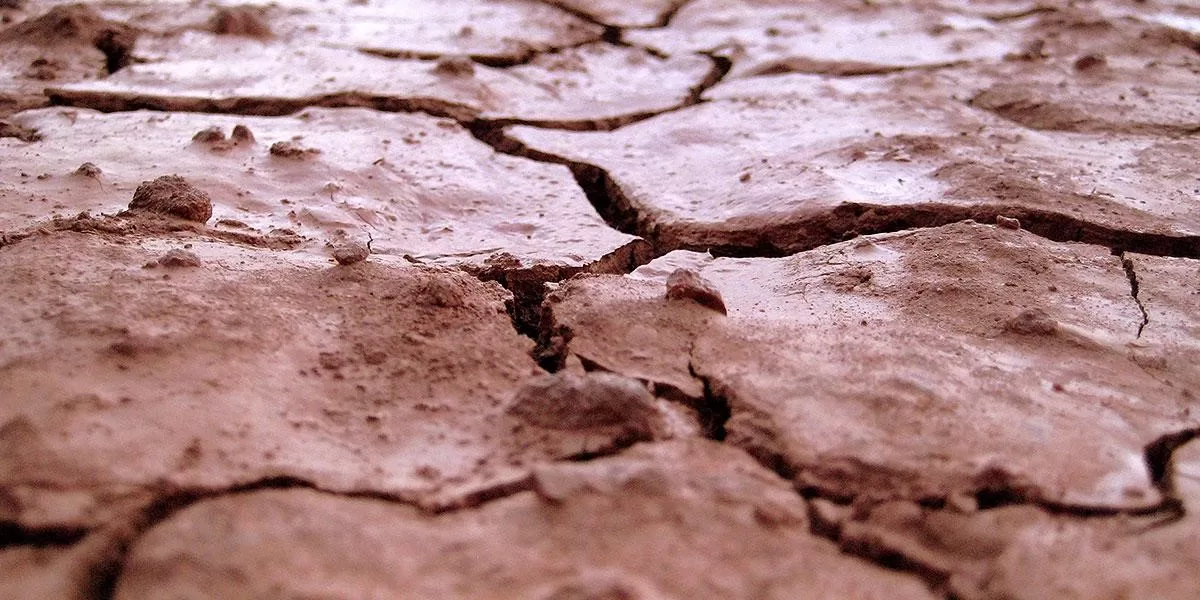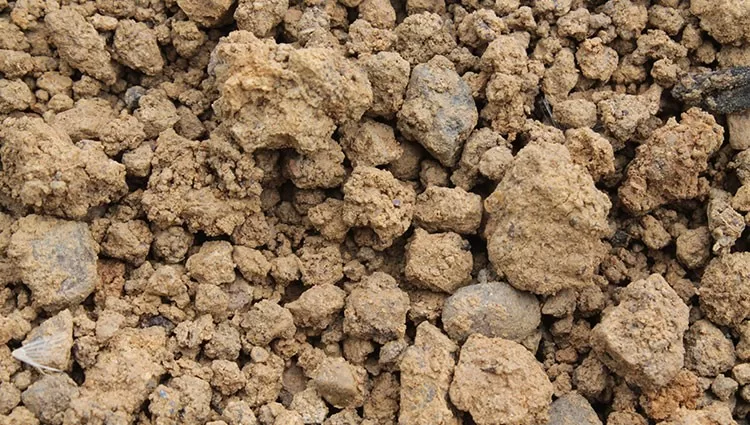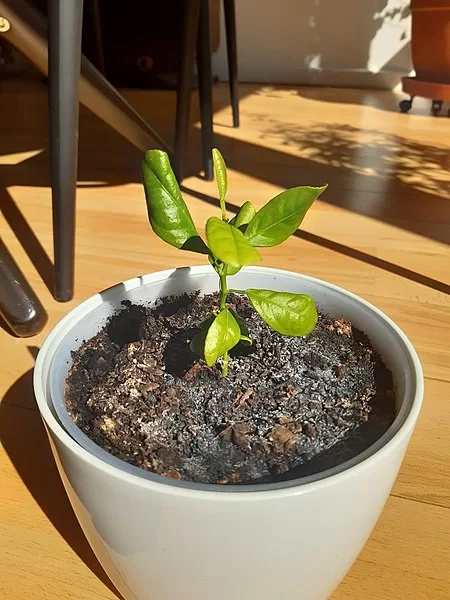When you have a construction project coming up, one of the things that you’ll need to do is ensure that the soil is suitable for that particular project.
This should go without saying, and I am absolutely certain that you understand the importance of it already. In case you’re not really sure what kind of soil is good for different projects, go here to get a better idea about it.

Now, if you’ve been working in this industry for a while, you must have heard about something called shrink-swell soil.
Of course, you’ve probably heard of this concept even if you’re completely new to the industry and you’re just now getting started on some projects.
In any case, you should not just ignore this concept and proceed with your project without knowing what this type of soil is and how you should deal with it.
If you just ignore all of this, you will actually risk your entire project, and you might see a lot of damage to the buildings or roads you are constructing in the future.
Since I am sure that you don’t want that to happen, I believe that you are ready to learn a bit more about shrink-swell soil, as well as to learn how to really deal with it. If that is true, then you should keep reading, because I’ll answer those questions for you in the rest of the article.
What Is Shrink-Swell Soil?
If you take a moment to think about this concept, you will realize that the actual name of it explains everything. So, understanding what it is won’t be that difficult.
There is something called shrink-swell capacity, and it is directly related to this particular type of soil. And, now I am going to explain how all of that works.
Get a better idea about that capacity here:
https://en.wikipedia.org/wiki/Shrink%E2%80%93swell_capacity
Basically, shrink-swell soil, also known as expansive, is one with a high expansion volume when wet and a high shrinkage volume when dry. These types of changes can actually cause a lot of pressure on homes, buildings, roads, and any other types of infrastructure, especially during periods of heavy rain.
The shrinkage is just as dangerous as the expansion, as it can actually remove support from the foundations of the buildings, roads, and other infrastructure.
These types of damages are both dangerous and expensive. The shrink-swell soil actually causes damages that cost billions of dollars every single year.
I suppose that you would much rather avoid such damage, which basically means that you should learn how to deal with this particular issue. Well, that’s exactly what we are going to talk about below.
How To Deal with It?
As mentioned, you undeniably want to learn how to deal with this soil, so that you can avoid costly damages. In different words, you want to know what to do about it and how to remediate the issue if there is a way to do that in the first place.
The good news is that you can solve this issue, and there are two different methods you can use as the solution. I’ll now tell you more about those two methods.
1. Remove It
The first, and probably the most obvious, the method consists of you removing the shrink-swell soil from the site before you get the project started.
This sounds like the perfect solution, doesn’t it? Well, I get why you might think that since removing this can definitely improve the quality of the overall project, but here is the thing. It can also be a time-consuming nuisance. And, sometimes, you just might not be able to do it at all.
2. Rely On Chemical Treatment
What can you do instead? Is there another solution you can use, or should you just opt for either removing the shrink-swell soil or making peace with it and dealing with the damage later on?
The great news is that there is definitely another solution you can use, meaning that you shouldn’t just make your peace with this problem if you cannot use the removal method. This second solution is actually the most commonly used one, and I’m sure you’ll quickly see its benefits of it.
Basically, instead of opting for removing everything completely, you can rely on chemical treatment of the soil. As mentioned, this is the most common solution that practically everyone resorts to nowadays, but you need to be sure that you’re treating the site the right way.
Lime-bearing products are your best friends here, which means that you should do your best to get those when trying to solve this particular problem.
And, of course, if you aren’t completely certain that you’ll be able to solve the problem alone, you should contact experts that can treat the soil with lime on your behalf.










